Restoration of Guadalest Monstrance
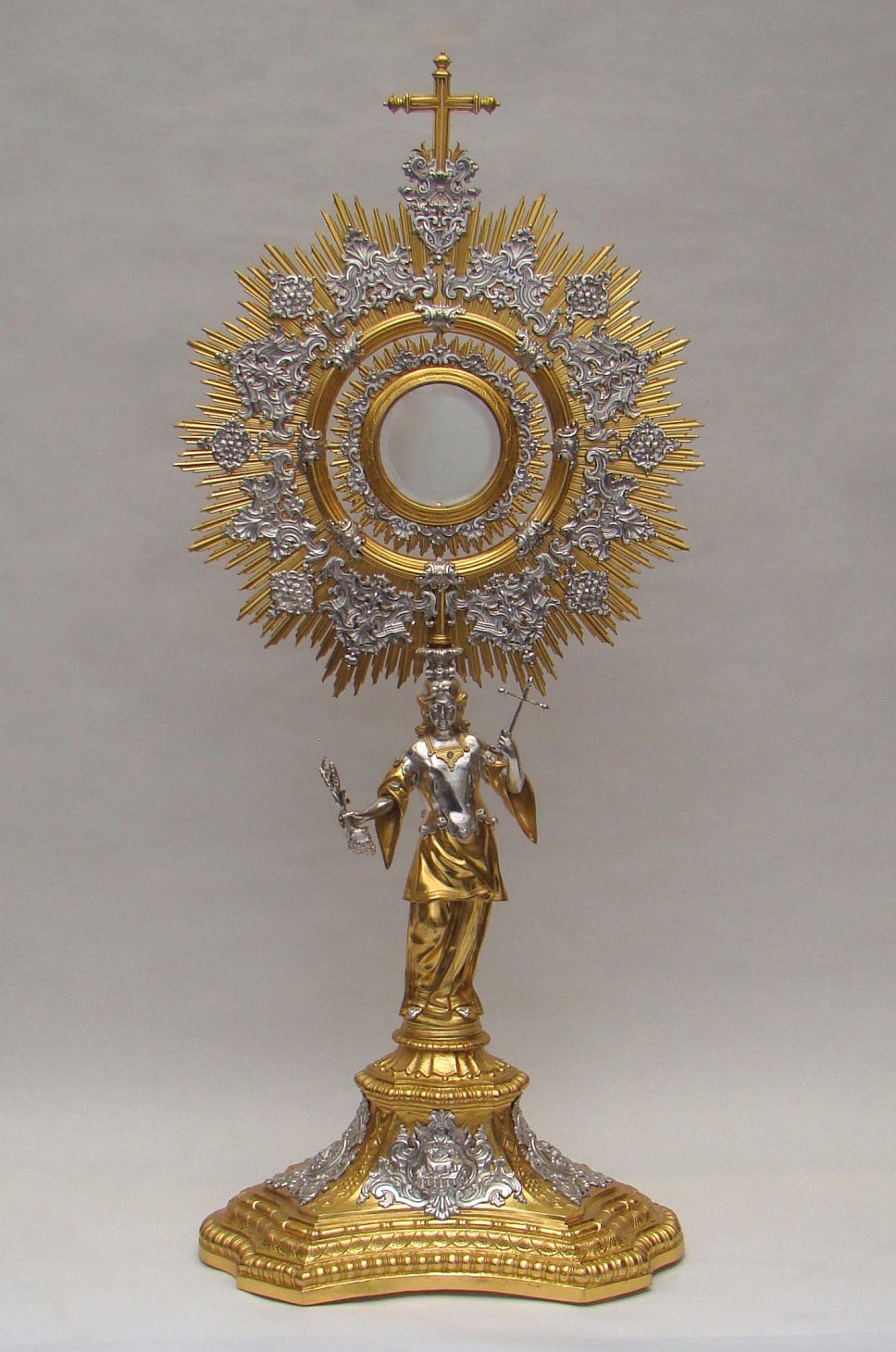
Restoration of a monstrance
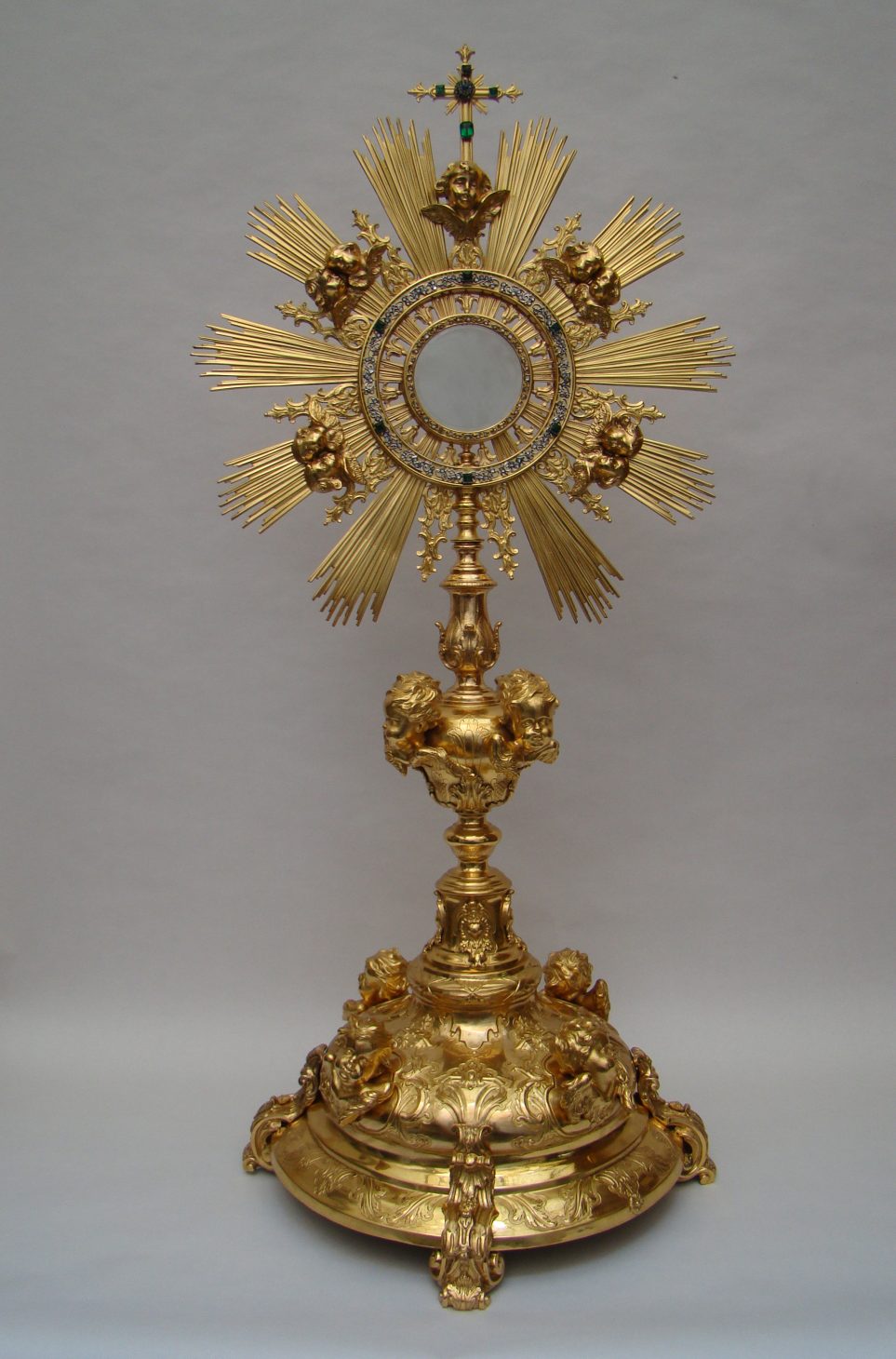
Pavilion-monstrance

Exhibitor for a renaissance chalice-monstrance
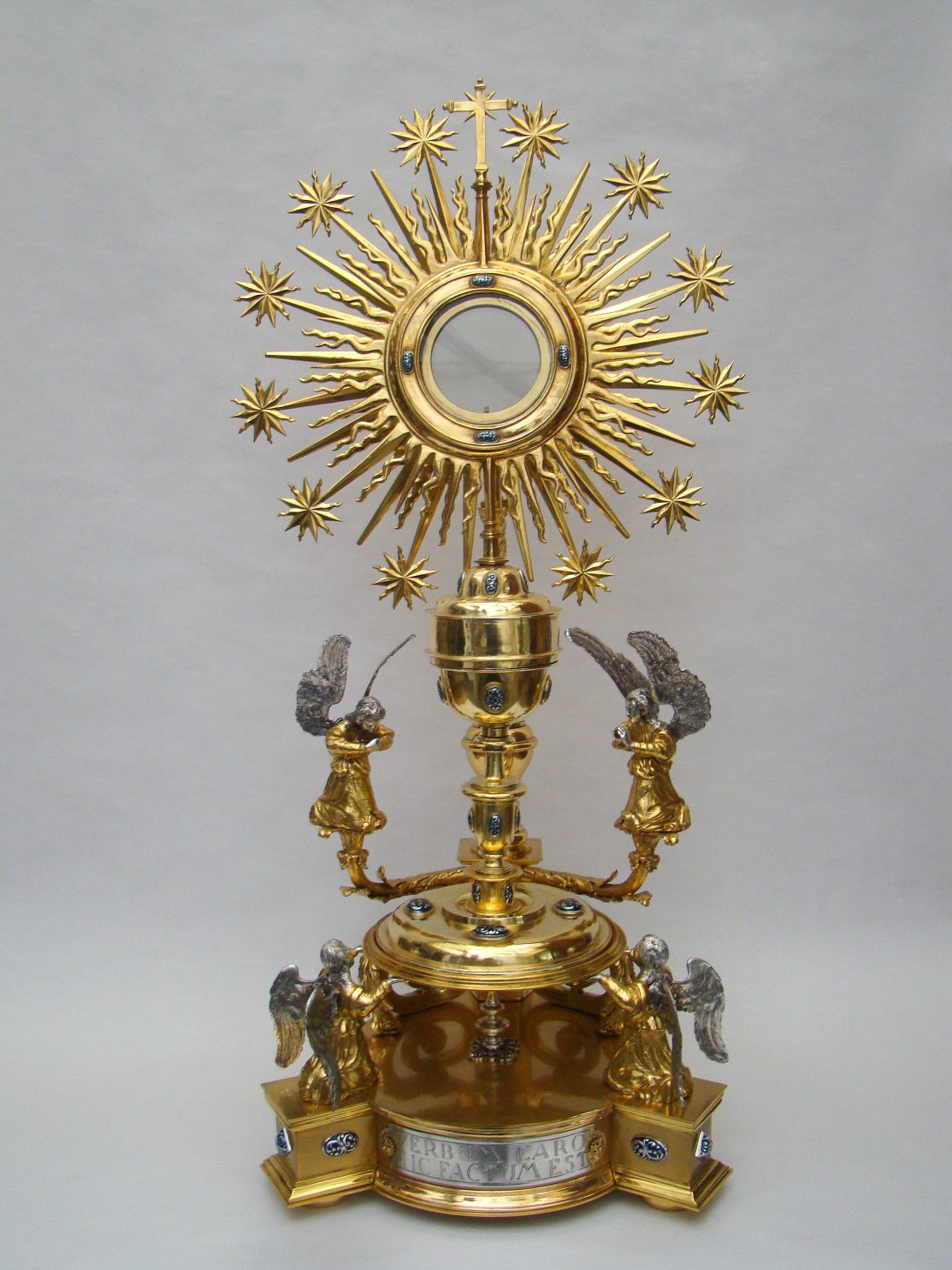
Tabernacle-monstrance
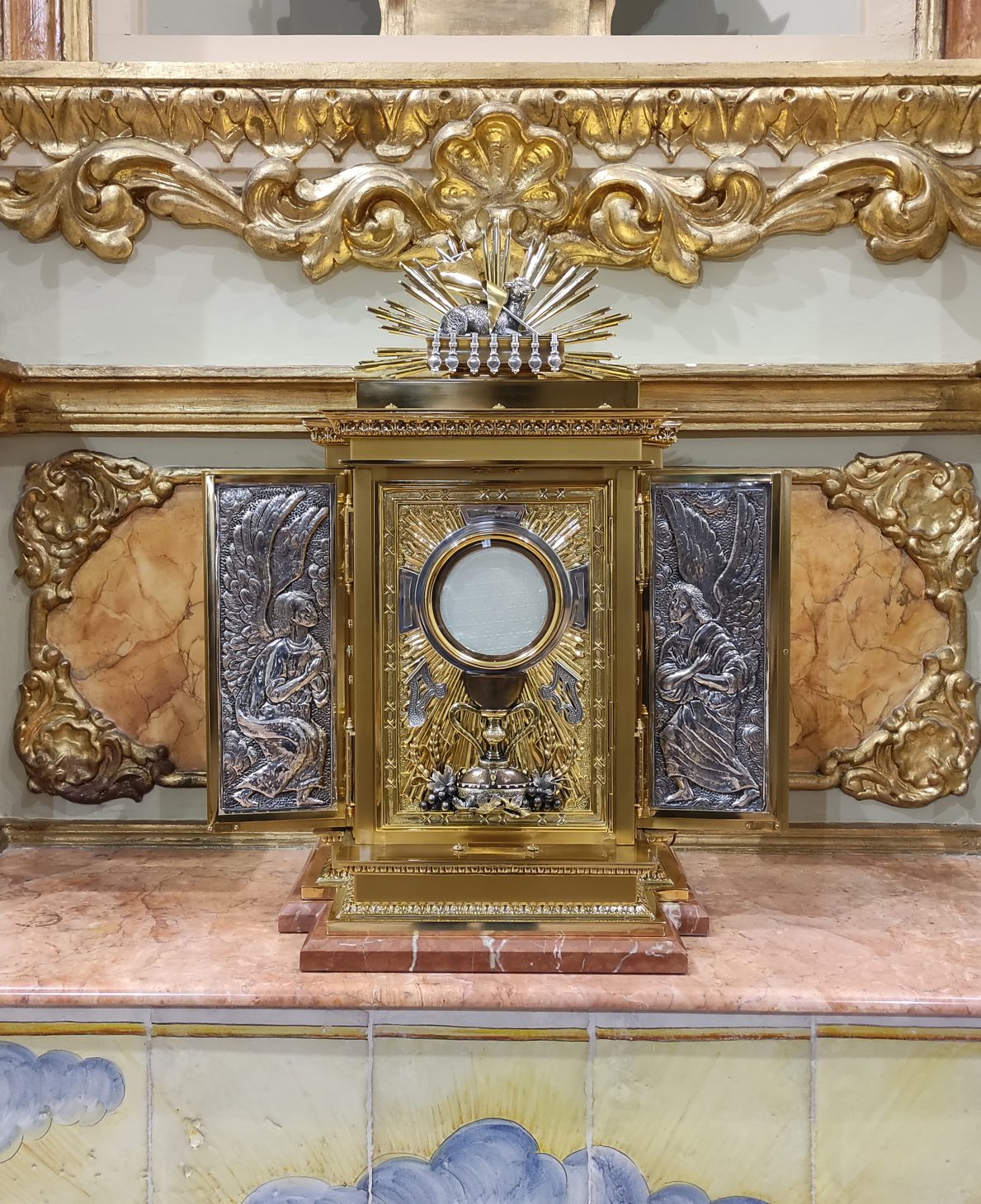
Monstrance of the Holy Family
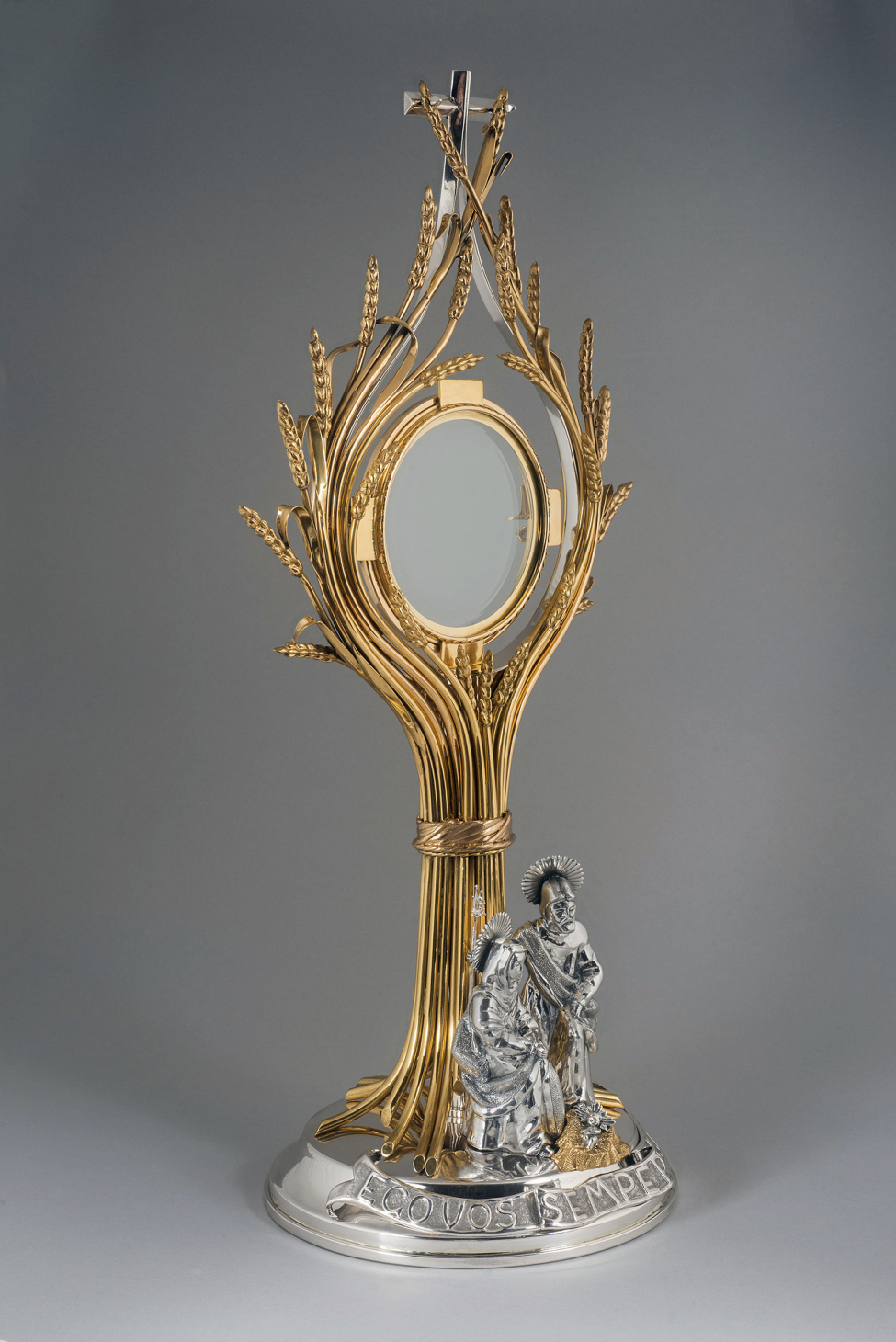
Monstrance of chevrons with iconographic and decorative elements of Franciscan influence.
Monstrance of bread and fishes
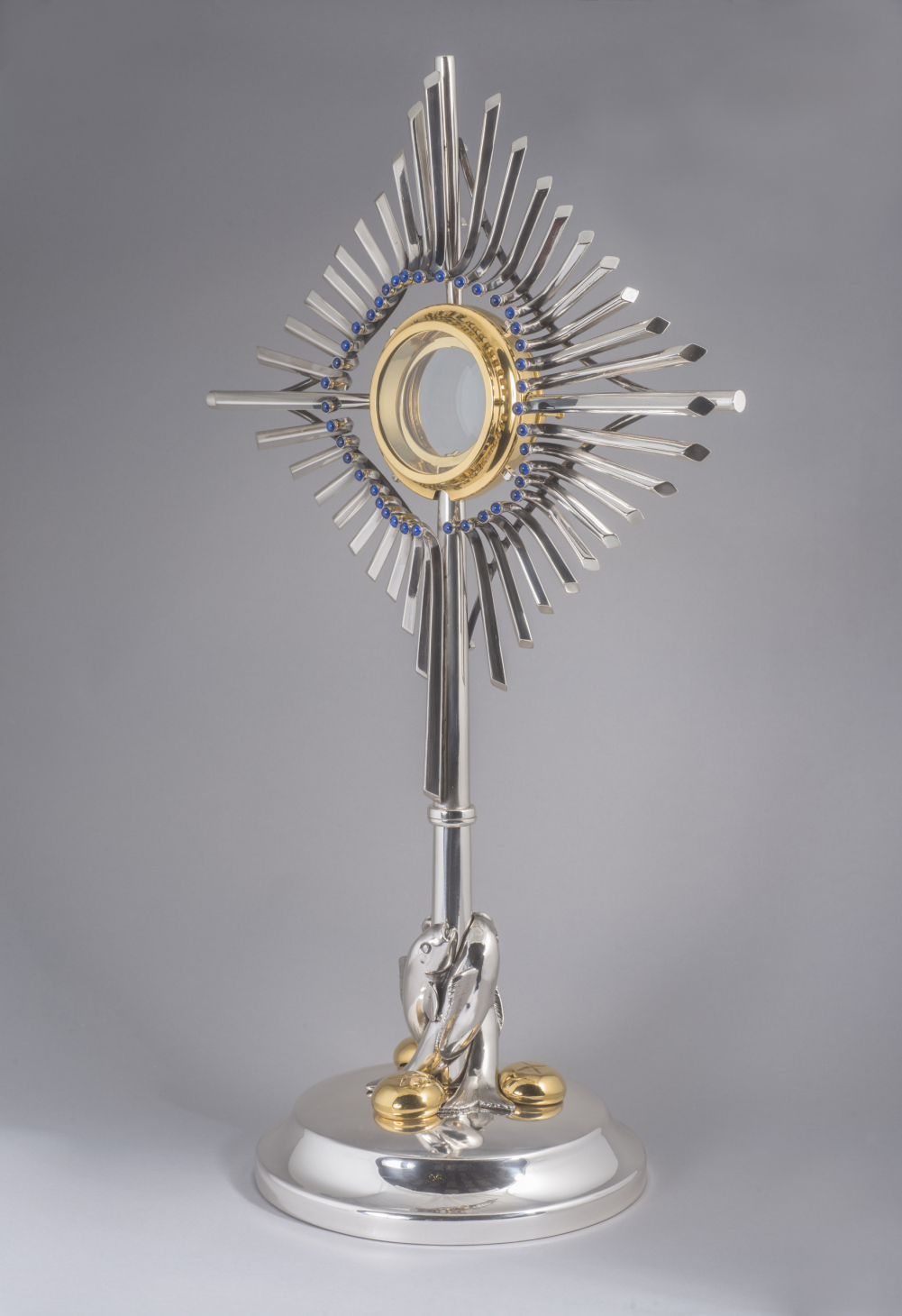
Monstrance of contemporary design, expressly made for a temple with modern lines and framed in a maritime context. Made of silver, gilded silver and sapphires.
Monstrance of the fishermen

Consolidation and cleaning of this monumental monstrance, on the occasion of the Light of the Images exhibition ‘The Glory of the Baroque’. The structure and various decorative elements were consolidated, the surface was cleaned and a new araceli was made in gilded silver so that it could be used again after the exhibition.
Chest monstrance of Villareal
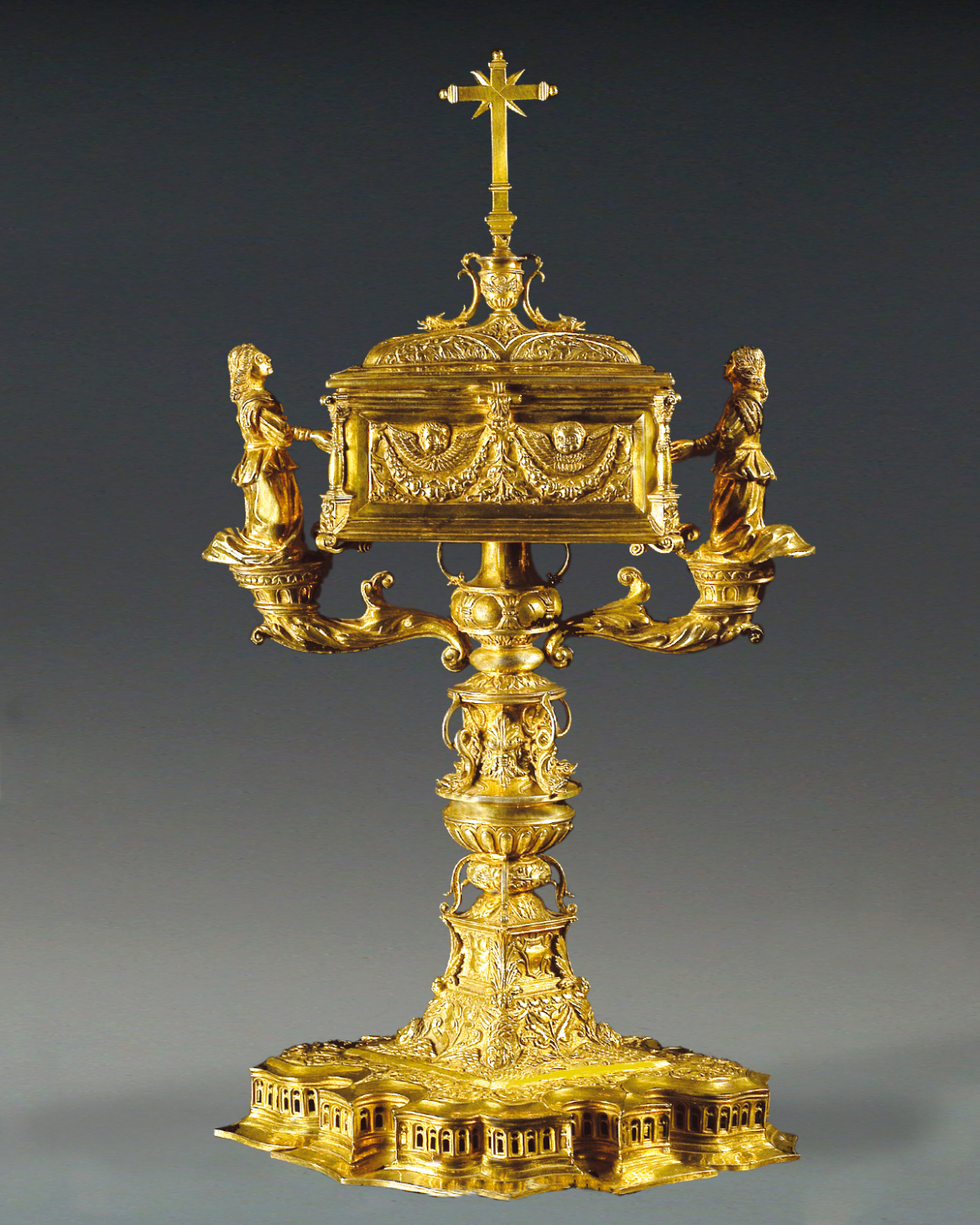
Renaissance casket that fulfilled the dual function of housing the forms in the casket adored by the two angels and also served as a monstrance, with a monstrance – now lost – that would have been located in the place of the cross. It was restored (consolidation and cleaning) on the occasion of the exhibition […]
Monstrace of San Lorenzo of Alberique

Reconstruction of the upper part from the remains preserved after its desecration in wartime, subsequent concealment and discovery. Location of the numerous fragments found, replacement of lost elements (taking as a model those preserved in the work itself), creation of a foot, based on models of the period and geographical area, direct gilding (without previous […]
Processional monstrance of Traiguera S. XV
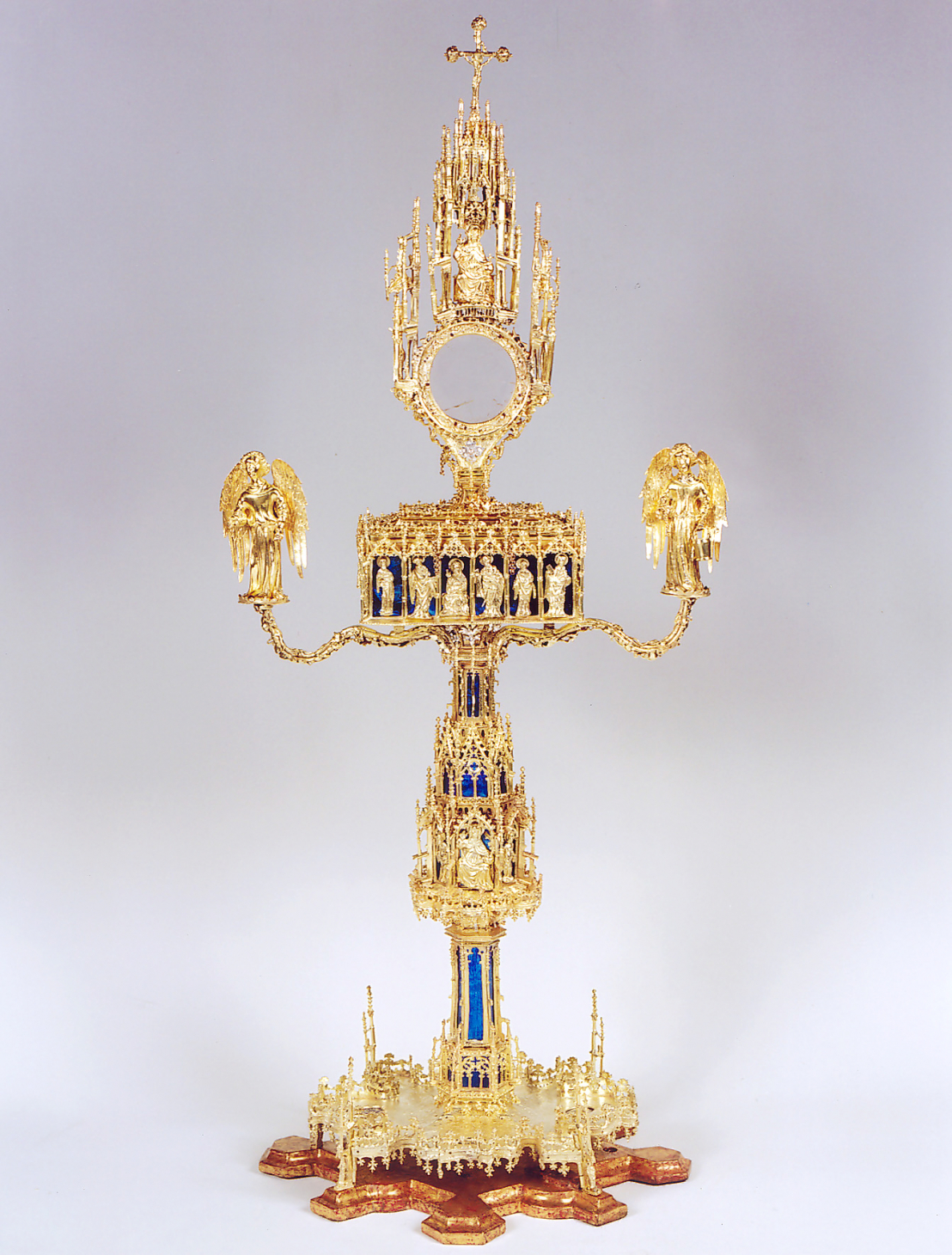
Restored in 2005, on the occasion of the exhibition ‘Sacred Landscapes’ of the Light of Images Foundation. Intervention co-directed by Professor Núria de Dalmases (Professor of medieval art at the University of Barcelona), Josep Lluís Gil (heritage inspector for the Generalitat Valenciana) and Antonio Piró, goldsmith. Structural consolidation, replacement of lost elements (taking as a […]
Monstrace of Gandia
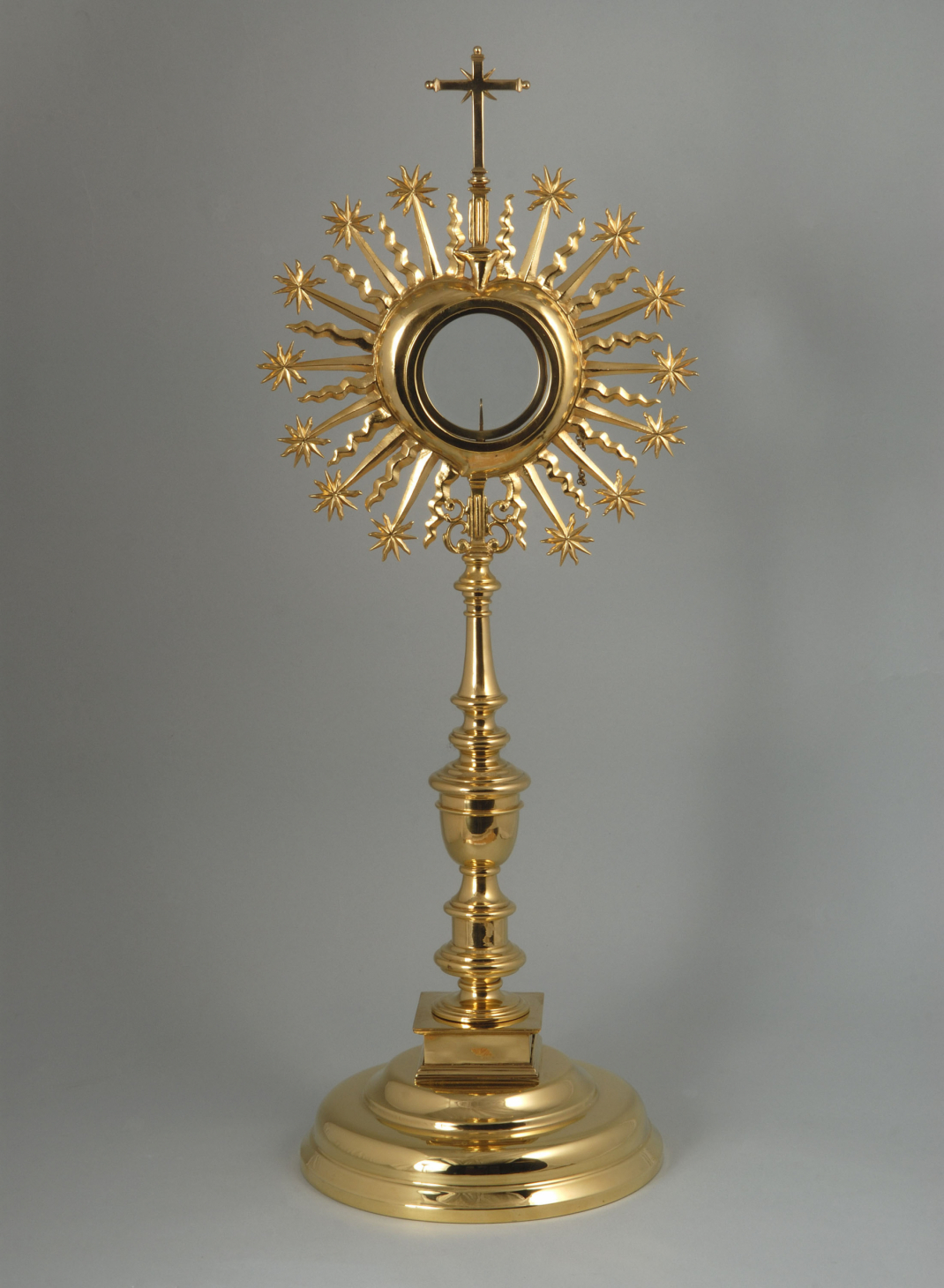
Restoration of the glow, with a curious heart-shaped box, and creation of the shaft and foot in style (it remains undecorated to complete the project in the future).
Monstrace of Jativa
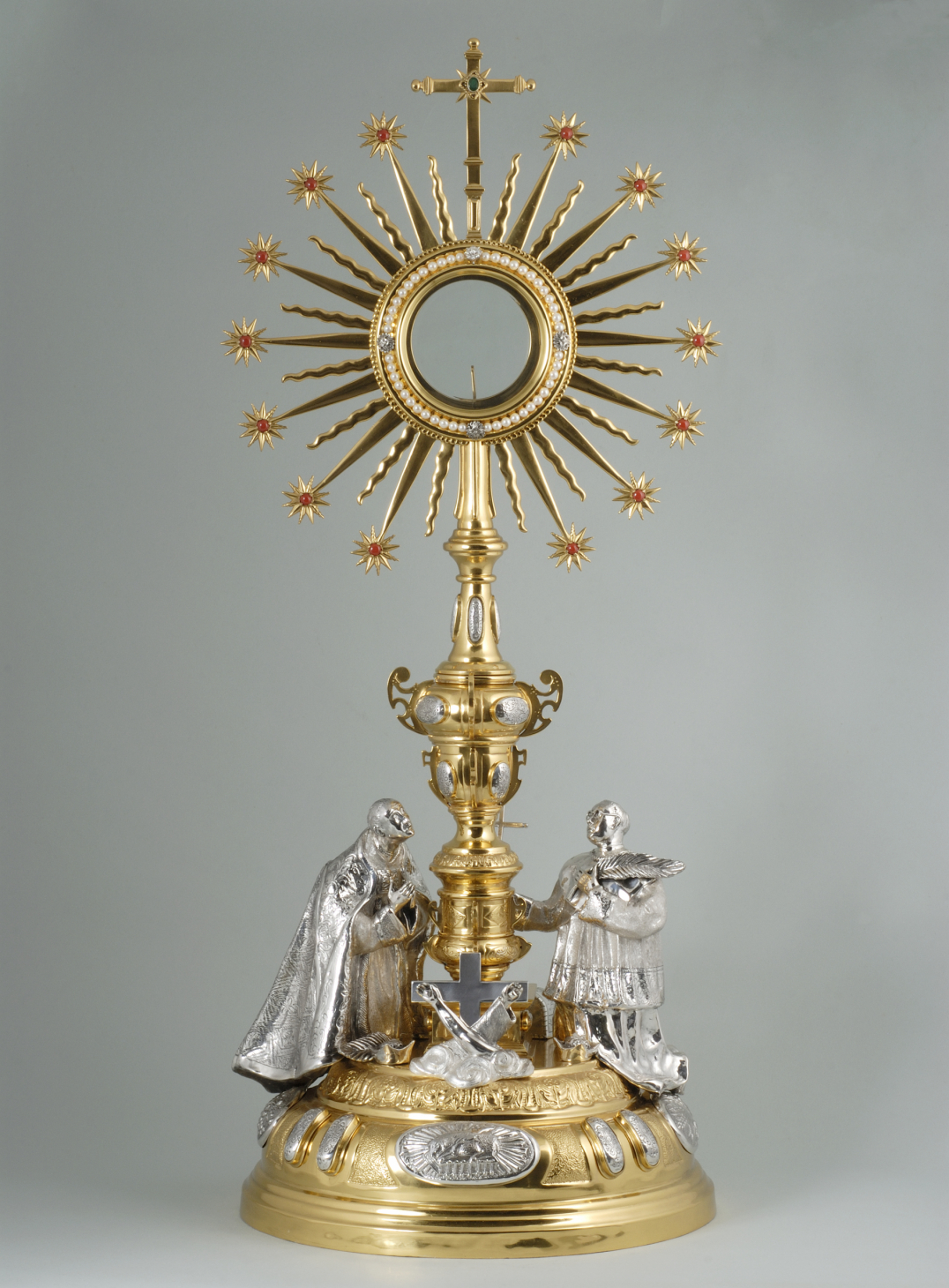
At the base, the martyrs of the collegiate church of Játiva are depicted in silver-plate figures.
Monstrace of the Annunciation
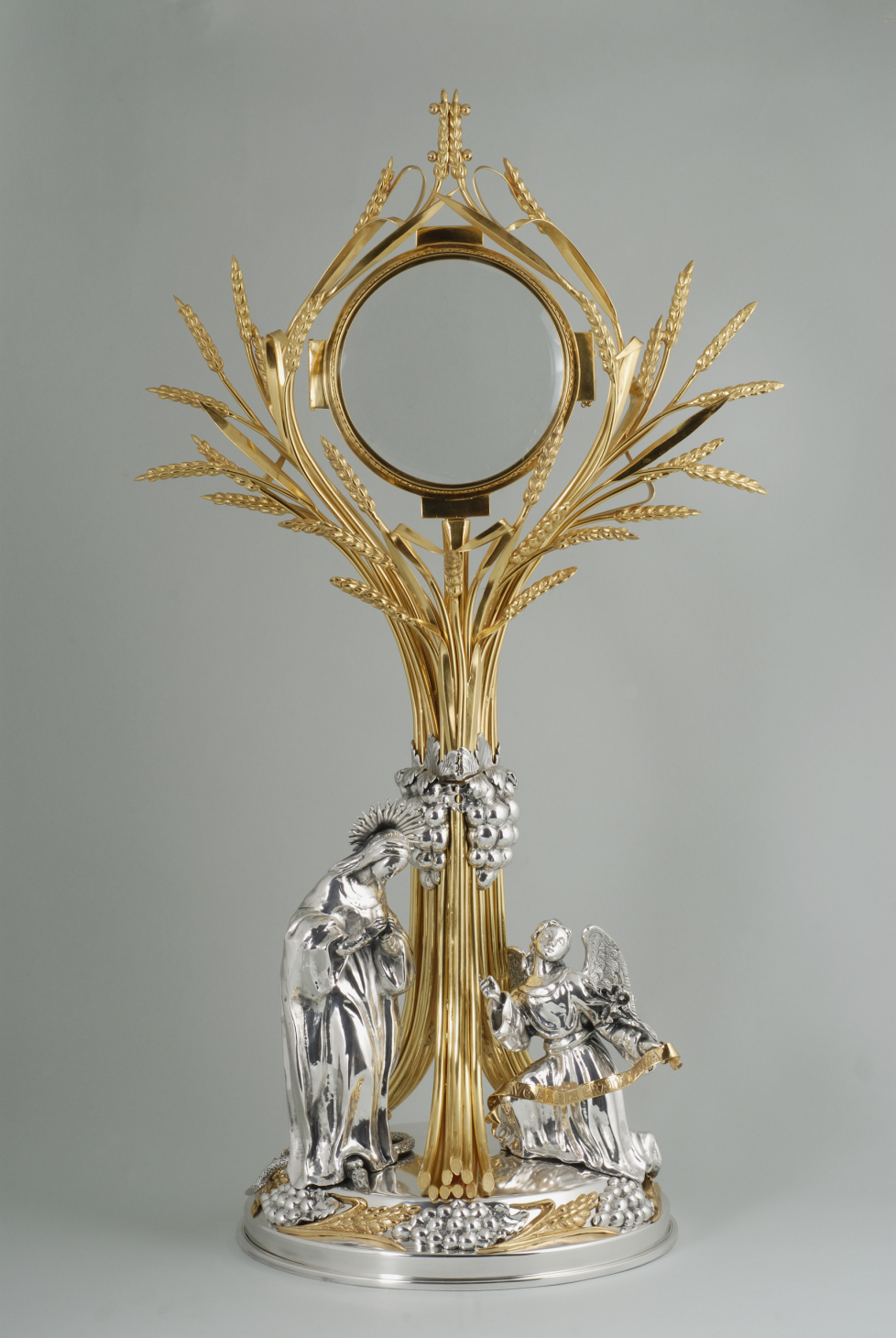
The symbolism of the shining sheaf of wheat and the Eucharistic elements is joined by the scene of the Annunciation (due to the ownership of the parish) with the Virgin as the first recipient of Christ.
Monstrace of the Transfiguration
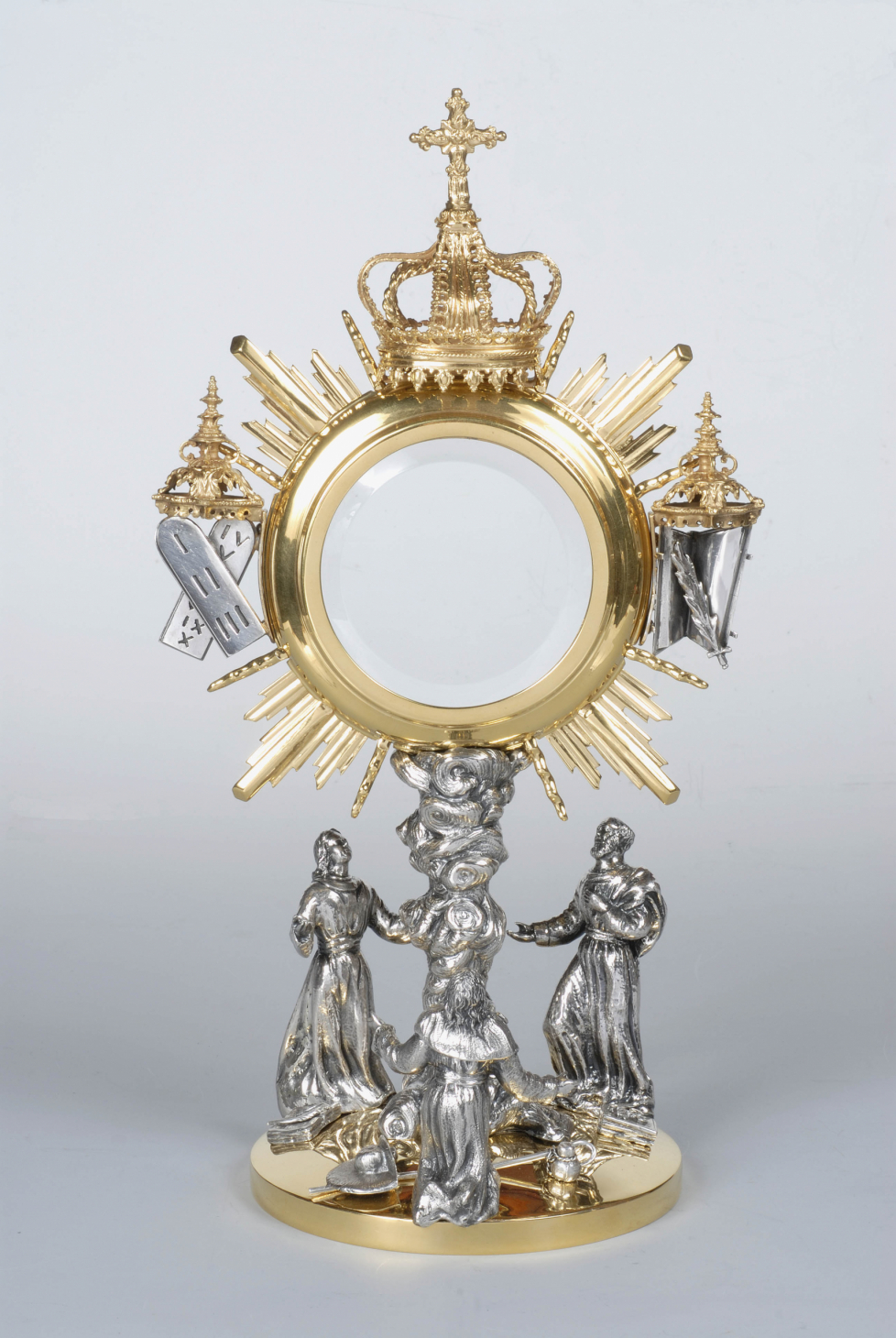
The transfiguration of the Lord on Mount Tabor is depicted at the base, while above it are three canopies for the aracheli, Moses and Elijah.
Wheat sheaf monstrace
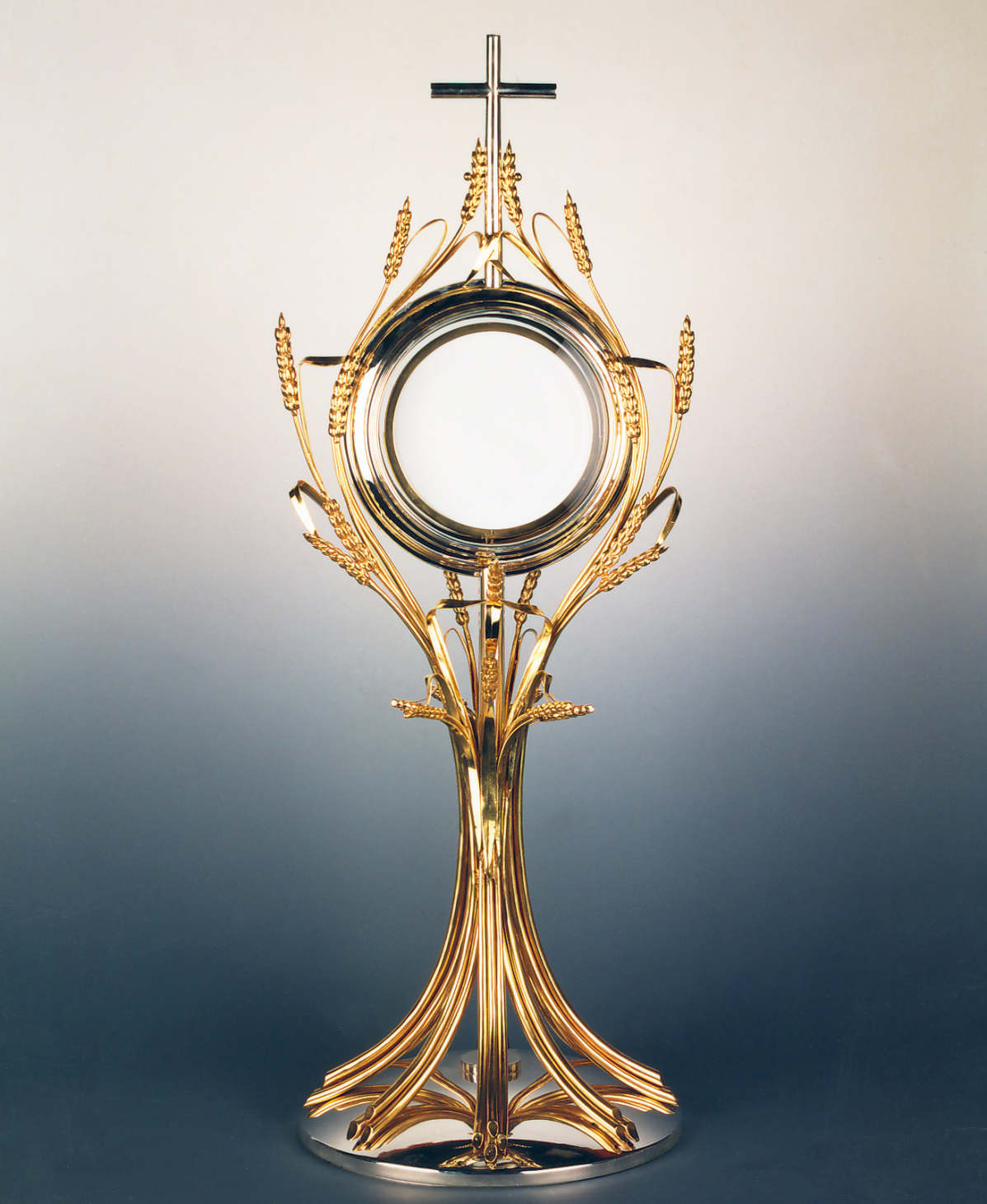
Powerful symbolism of the sheaf of wheat as one of the Eucharistic elements, in the form of a beam or glow around the aracheli.
Minor monstrace
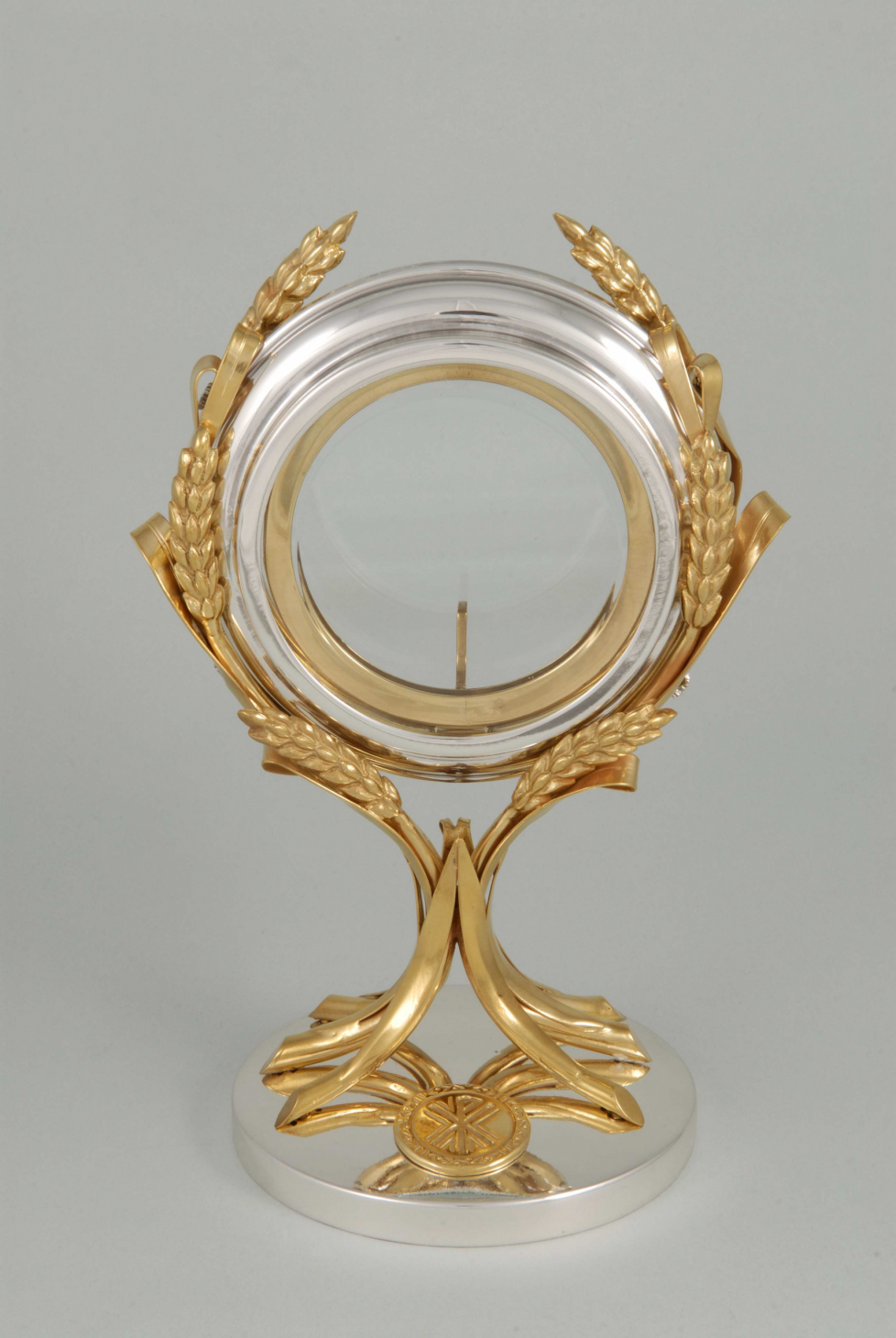
Simplicity and symbolism of wheat as a Eucharistic element.
Processional custody of Santander Cathedral
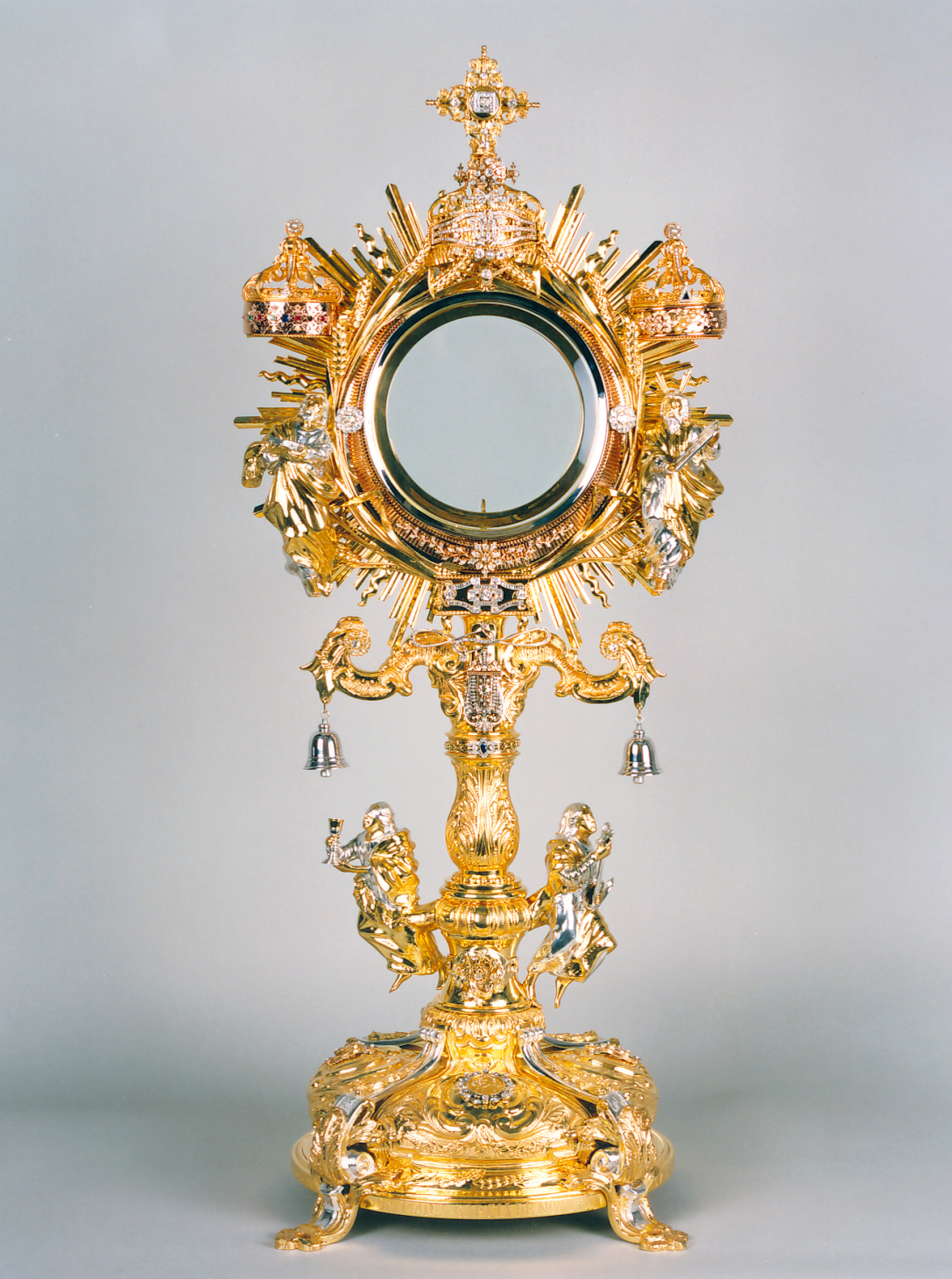
The design of this monstrance was based on the jewels that the donor wanted to be kept in the monstrance. Iconographic programme of Tabor, with Moses and Elijah and, on the shaft, the virtues (Faith and Hope, Charity is represented in the sacred form).
Gandia’s Collegiate Processional Monstrance
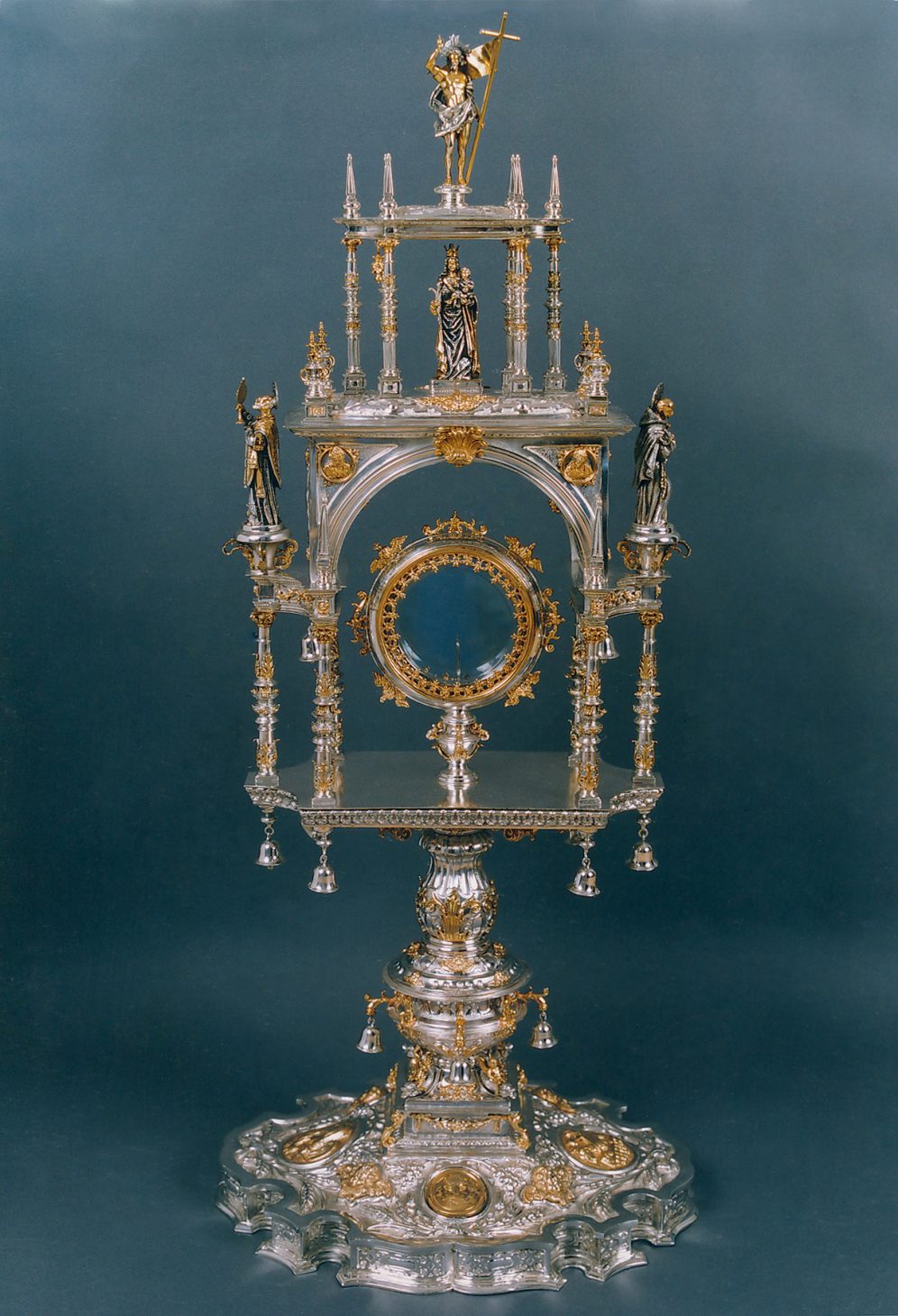
Temple-type monstrance, following the models of Valencian monstrances of the period.
Processional Custody of Santos Juanes from Puzol
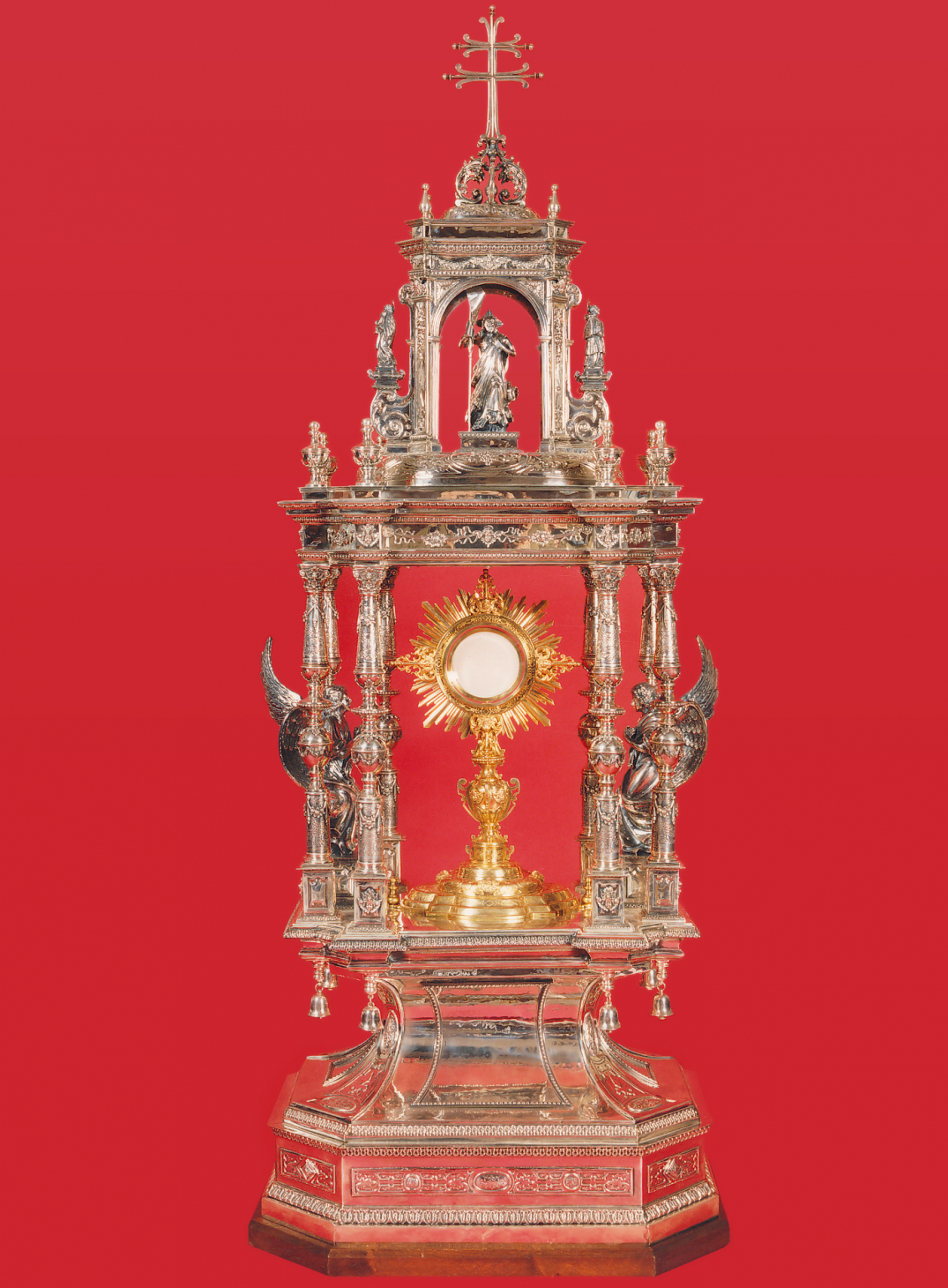
This is a large shrine to house the ancient monstrance, with two praying angels on the sides and surmounted by the Holy Johns and the Risen Christ.
